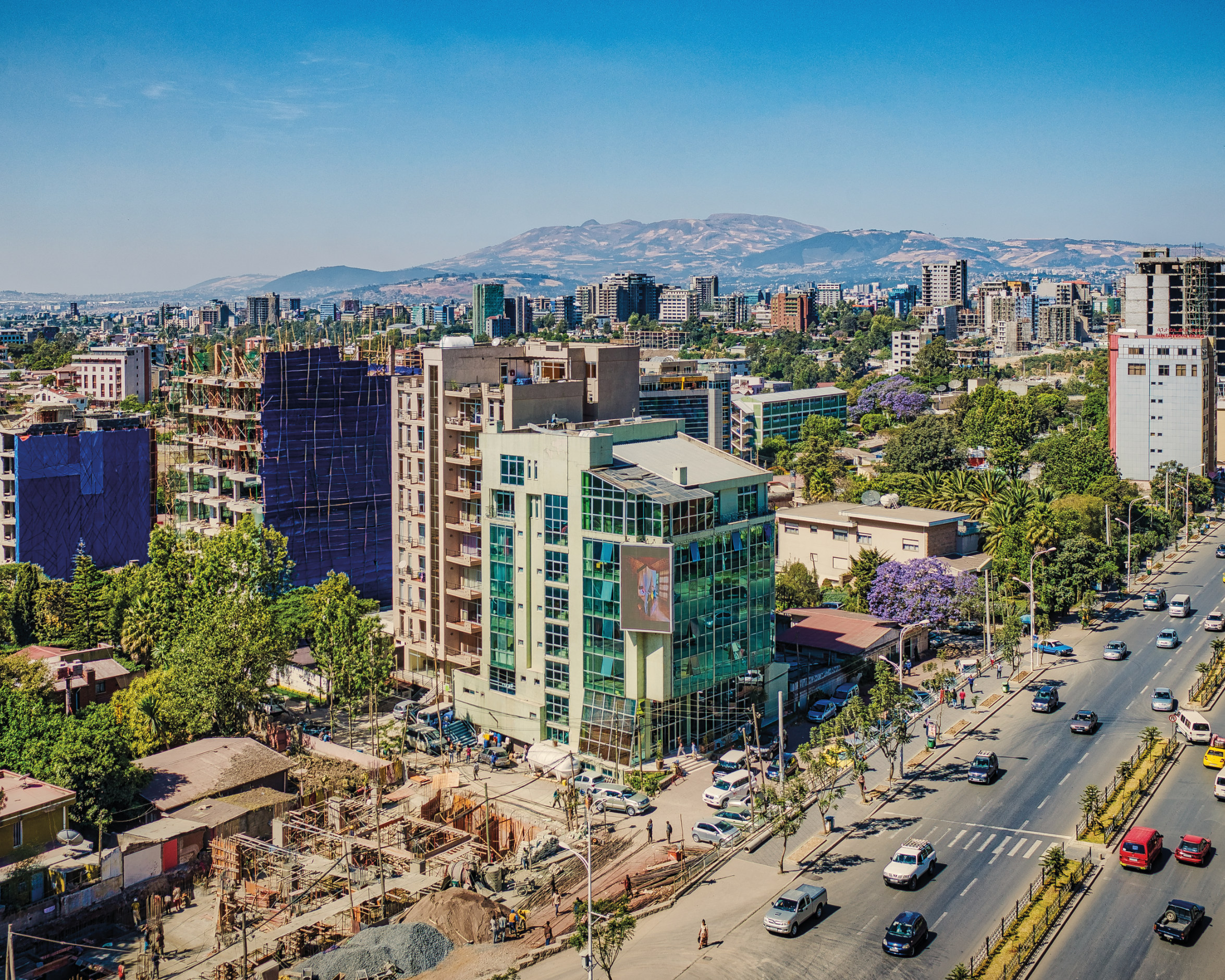To travel to Ethiopia is to experience a rich heritage that spans centuries. The traditional coffee ceremony is inherent to the country’s culture, and one of the highlights of visiting
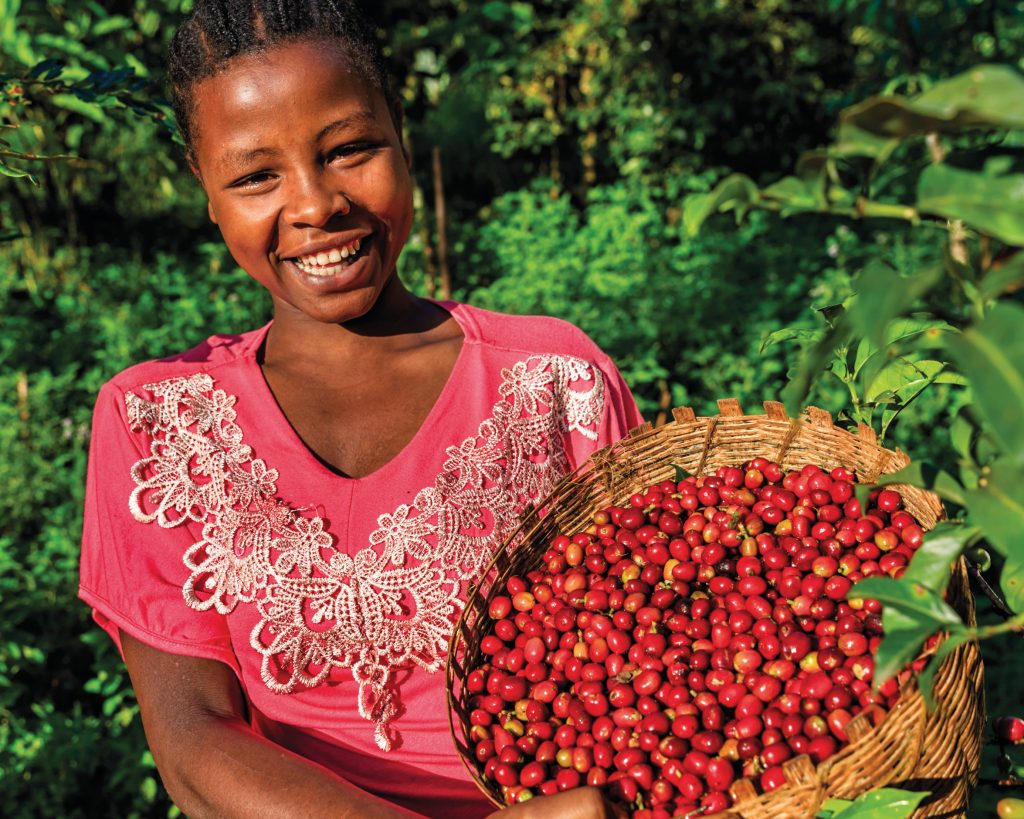
Ethiopia is a country of legends and folklore. It’s one of the oldest nations in the world. Its history stretches as far back as 2000 BCE, and human remains as old as 200 000 years have been found there. Ethiopians trace their bloodline to King Solomon through his liaison with the Ethiopian Queen of Sheba, who bore the king’s son. It’s a rich and varied history, and one of the many reasons to visit this fascinating country. My favourite story about the country starts in 850 CE, when a goatherd notices that his flock becomes energetic after eating the leaves of a plant with red berries. He samples the berries, and discovers coffee. Buna, as the drink is called in the Amharic language, has become much more than a drink. Its heritage is richly woven into daily lives around the country.
Buna is brewed strictly by women. They sit behind an ankle-high table with cups and saucers and sugar. Their ritual starts with washing raw beans before putting them in a small roasting pan on a brazier. They are then tossed constantly as they go from brown to black and their smoke wafts around the room. This is when we murmur our ‘oohs’ and ‘aahs’, which are always rewarded with a beaming smile. The beans fully roasted, they go into a wooden mortar and steel pestle to be turned into a fine powder. Water is then boiled in a clay jug, called
a jebena, and the coffee added and left to boil. It’s then taken off the fire, tasted and usually sent back to the fire, where more coffee is added. Buna is served in small, round porcelain cups, and only taken with sugar. It’s prepared the same way at people’s homes, where it’s usually served with kolo, a popular roasted grain snack. Wherever buna is shared, strangers tend to become friends by the third cup.
LALIBELA
This northern town is considered the country’s holy land owing to its 11 rock-hewn churches, which attract throngs of locals and tourists. The churches are in the same compound and connected by trenches. The atmosphere here is special around Easter, when believers meet for prayers every night.
EXPERIENCE: Saturday is market day. The livestock market is the most vibrant, with cows, camels, sheep and goats.
EAT: Ben Abeba, which has 360-degree mountain views, offers both Ethiopian and European cuisine.
DRINK: Lalibela means ‘honey eater’ in Amharic. The town is known for a traditional honey wine called tej, although buna is still the drink of choice. Kassach Tej Bet and Torpedo Tej Bet also have performances by musicians.
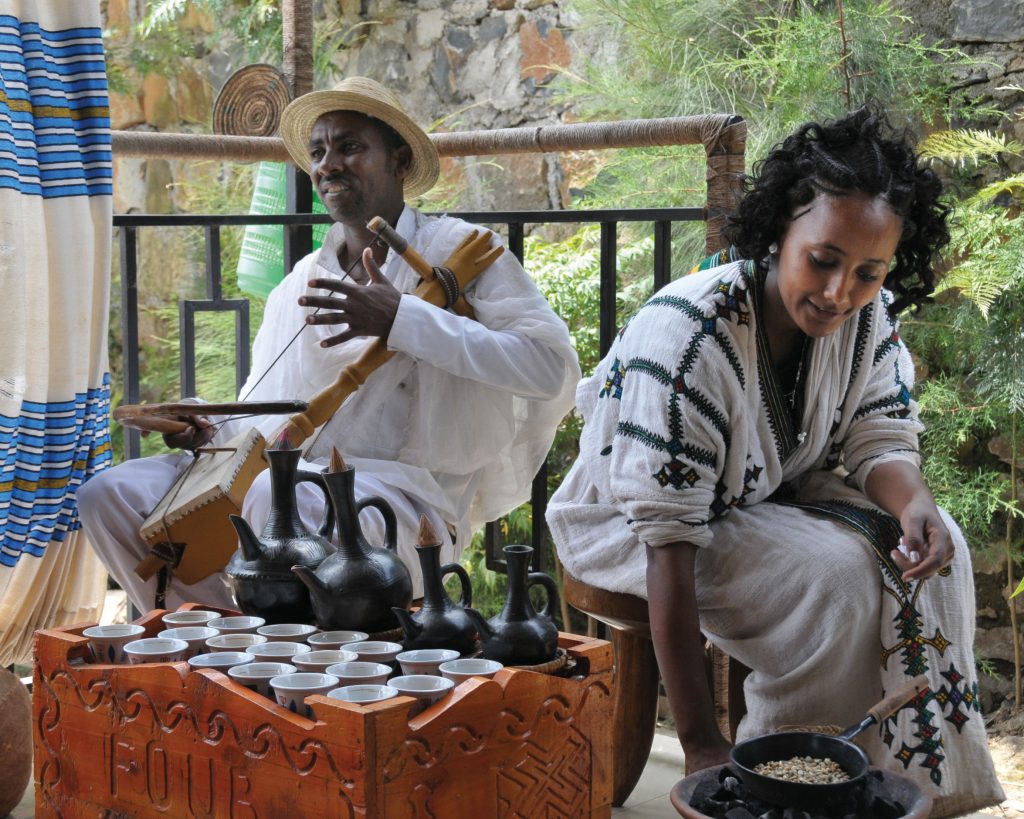
ADDIS ABABA
Whether you’re visiting the city or only stopping here briefly before trekking elsewhere, Addis is one of East Africa’s richest destinations. Visit the National Museum for stunning collections that showcase traditional clothing, pottery and jewels from different cultures. Lucy, the 3.5 million years old hominid, can be seen at The Ethnological Museum at the University of Addis Ababa in what used to be Haile Selassie I’s palace – some rooms are still intact. A trip to Addis Ababa is incomplete without visits to Saint George’s cathedral for its interior artwork (reminiscent of some buildings at the Vatican), and the Holy Trinity cathedral, which is the second most important place of worship in the country.
EAT: You can find anything from traditional cuisine to Italian and American food. Yod Abyssinia is a must for a traditional dining experience, complete with coffee rituals and tribal dances. It gets packed, so arrive by 7.30 pm to get a good table.
DRINK: Try any of the simple cafes serving buna for a traditionally brewed cup. Tomoca Coffee is a local institution. Coffee is brewed with machines, but the flavour is traditional and delicious.
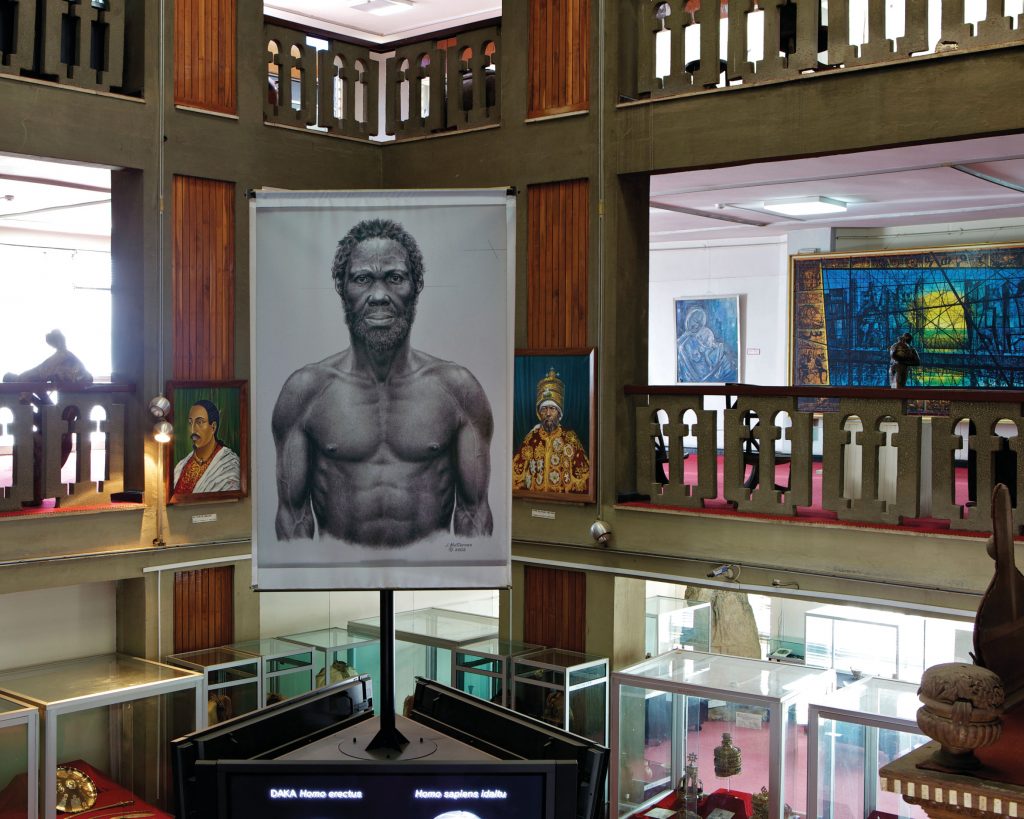
HARAR
The weirdest and most wonderful place in Ethiopia is also the fourth-holiest city in Islam. Access to the ancient walled city is still through five gates that were built between the 13th and 16th centuries. Like so many parts of the country, the story of Harar is filled with legends. Here, it’s believed that the town’s people have to feed the 200-plus hyenas that live on the outskirts of the city to keep a promise made to the king of hyenas centuries ago when a drought forced the animals to eat people for survival.
TRY: Feeding hyenas from your mouth to theirs in a nightly ritual. The hyenas are looked after by boys who inherited the role from their fathers.
COFFEE CULTURE: Harar prides itself on supplying the country with its coffee beans and, other than experiencing a traditional coffee ceremony, you can also visit the largest coffee plantationin Gerawa, which is 80 km from Harar.
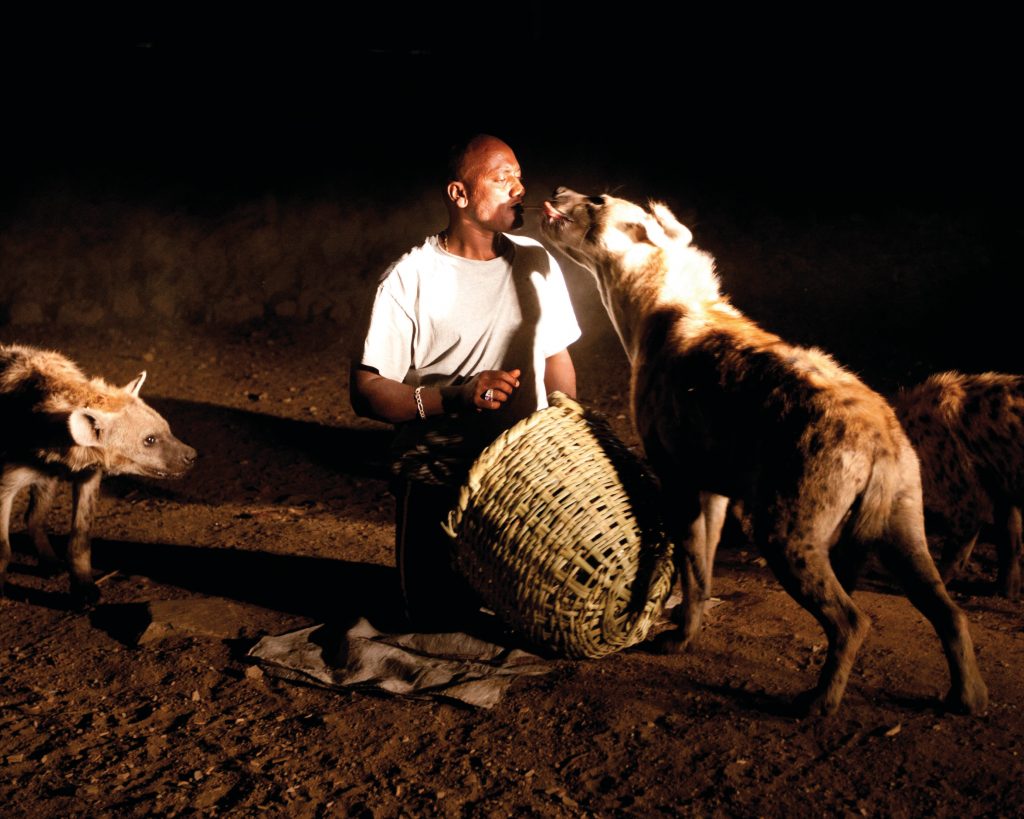
Words by Lerato Magoatlhe
Photography: Getty Images



